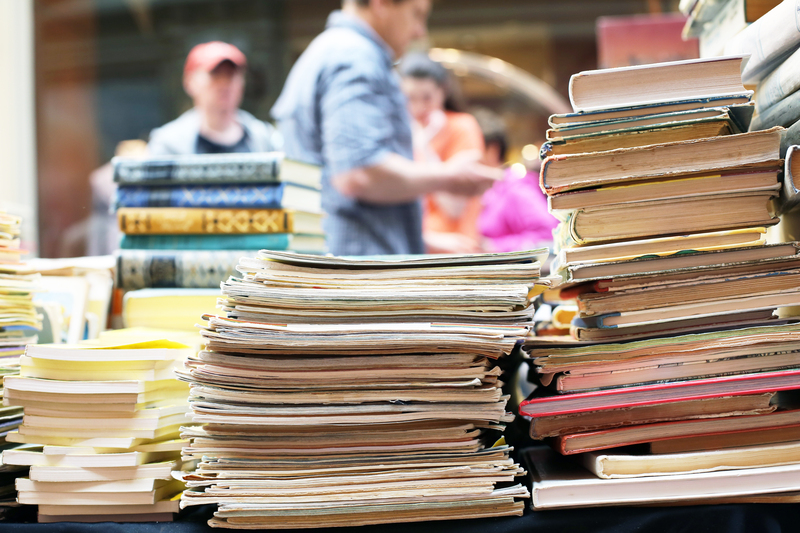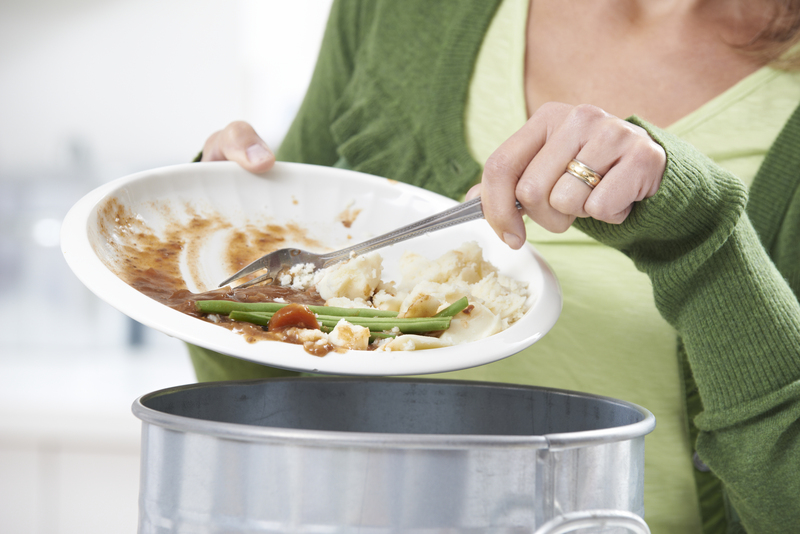Mindful De-cluttering: Techniques Tailored for Hoarder Clean Up
Cluttered spaces can become overwhelming, especially for individuals struggling with hoarding tendencies. If you or a loved one is facing such challenges, mindful de-cluttering offers a gentle, sustainable approach tailored for hoarder clean up. This comprehensive guide explores practical strategies, psychology-backed techniques, and compassionate steps to transform chaos into calm.

Understanding Hoarding and Its Challenges
Hoarding disorder is more than collecting or a messy home. It's a complex mental health issue characterized by persistent difficulty discarding or parting with possessions, regardless of their value. Before diving into mindful de-cluttering for hoarders, it's essential to recognize the unique obstacles involved:
- Emotional attachment to objects
- Fear of losing sentimental value
- Anxiety at the thought of parting with items
- Overwhelm and avoidance behavior
A one-size-fits-all clean-up method often falls short. Instead, using tailored techniques rooted in mindfulness and empathy can lead to lasting results.
The Connection Between Mindfulness and De-cluttering
Mindfulness means being present and non-judgmental in the current moment. For hoarding clean up, cultivating mindfulness leads to:
- Reduced overwhelm and anxiety
- Enhanced clarity on what truly matters
- Increased self-compassion during the de-cluttering process
Let's dive into the best mindful de-cluttering techniques specifically tailored for hoarders.
Step-by-Step Mindful De-cluttering Techniques for Hoarder Clean Up
1. Set a Clear and Compassionate Intention
Begin with why you are de-cluttering. Is it for safety, health, or to create a sanctuary at home? A clear intention serves as motivation and a touchstone during difficulties. Be kind to yourself and avoid judgment.
2. Create a Safe and Supportive Environment
For effective hoarder cleaning, ensure both physical and emotional safety:
- Ask for help from trusted friends, family, or professionals.
- Wear gloves, masks, and proper clothing if necessary.
- Establish boundaries to protect privacy and dignity.
- Remember: Never force or rush. Gentle encouragement works best.
3. Practice the 'One Small Area at a Time' Approach
Trying to tackle an entire home in a single day is a recipe for burnout. For mindful hoarder de-cluttering:
- Start with one room, corner, or even a single shelf.
- Break down spaces into manageable chunks.
- Celebrate progress after each section!
4. The Power of the Pause: Mindfulness in Every Moment
Before parting with any item, pause and ask:
- Do I love or use this item?
- How does it make me feel?
- What purpose does it serve in my life today?
5. Use the "Four-Box Method" with a Mindful Twist
The classic method uses four boxes labeled: Keep, Donate, Recycle, Trash. When de-cluttering a hoarding situation, add a fifth box: Unsure. This provides a pressure-free space for items you're not ready to process.
- Keep: Items you truly love or use.
- Donate: Still usable, but not needed.
- Recycle: Paper, plastics, etc.
- Trash: Broken or unusable items.
- Unsure: Revisit these after a few days with fresh perspective.
6. Express Gratitude and Let Go Gently
Letting go of belongings is often emotional. Practice gratitude before discarding:
- Take a moment to hold the item and say, "Thank you for serving me."
- Capture a photo if nostalgia is strong.
- Release with love -- both to yourself and to the item.
7. Address the Emotional Core
Compulsive hoarding often stems from unresolved trauma, fear of loss, or isolation. It is wise to:
- Work with a mental health professional, therapist, or hoarding specialist.
- Build a support network for ongoing encouragement and accountability.
- Join local or online hoarding support groups.
A holistic approach ensures decluttering for hoarders creates lasting emotional and physical change.
8. Celebrate Progress, Not Perfection
Recovery is not linear. Acknowledge every victory -- no matter how small.
- Keep a journal of milestones and positive changes.
- Reward yourself with non-clutter rewards, like a walk in the park or quality time with friends.
Every box sorted, every bag removed is a sign of resilience and self-care!
Additional Mindful De-cluttering Techniques for Hoarders
Mindful Breathing Exercises During Clean Up
Pausing for slow, deep breaths calms the nervous system and refocuses the mind. Try:
- Inhale for four counts, exhale for six.
- Visualize releasing tension with each exhale.
- Use breathing breaks whenever anxiety rises.
Gentle Affirmations and Self-Compassion
Shame and guilt often accompany hoarding. Replacing harsh self-criticism with gentle affirmations can foster resilience:
- I am doing my best, one step at a time.
- This is hard, but I am strong.
- My worth is not defined by my possessions.
Visualization: Picture the Desired Space
Imagine your home as you wish it to be -- clean, peaceful, functional. Visualization can boost motivation and clarify your goals. You might even create a vision board to remind yourself of your purpose.
Professional Help: When to Seek It and What to Expect
Some hoarding scenarios are not safe or manageable alone. Specialized hoarder clean up services combine practical expertise with compassion:
- They use non-judgmental staff skilled in both organizing and emotional support.
- Teams may include mental health professionals, organizers, and cleaners.
- Services range from full-home clean-outs to ongoing organizational maintenance.
When should you consider professional hoarder clean up?
- If clutter poses a safety/fire hazard.
- When pests, mold, or structural damage is present.
- If overwhelm, depression, or anxiety is severe.
- When efforts alone have not succeeded.
Professional intervention can be a turning point toward well-being and freedom from clutter.
Hoarder Clean Up and Long-Term Maintenance: Mindful Habits for a Clutter-Free Life
Decluttering for hoarders is not a one-time event, but an ongoing process. Build new habits to maintain a serene, organized home:
Daily Mindful Tidying
- Spend 5-10 minutes each evening putting away items.
- Develop a mindful routine of checking in with your space weekly.
Adopt the 'One-In, One-Out' Rule
- For every new item you bring in, commit to letting go of another.
- This prevents gradual re-accumulation of clutter.
Regular Check-Ins with Support Networks
- Stay connected with professionals, support groups, or family for accountability.
- Share milestones and challenges to foster encouragement.

Resources and Tools for Mindful Hoarder De-cluttering
- International OCD Foundation: Hoarding Center
- Children and Adults with Attention-Deficit/Hyperactivity Disorder (CHADD) - Hoarding Disorder
- Books: "Buried in Treasures" by David F. Tolin, Randy O. Frost, & Gail Steketee
- Mindfulness apps: Headspace, Calm, Mindfulness Coach (for practicing presence before clearing sessions)
- Professional organizers specializing in hoarding clean up
The Transformational Power of Mindful De-cluttering for Hoarders
Decluttering for hoarders takes courage, patience, and deep self-compassion. Mindful techniques transform the process from a punishing chore to an act of self-care and renewal.
- Your space reflects your journey; every step is a victory.
- Incorporate mindfulness and compassionate decision-making at every stage.
- Remember: Progress beats perfection, always.
Whether tackling a single box or an entire home, these mindful decluttering strategies for hoarder clean up nurture lasting change and restore peace, safety, and joy to living spaces. You are not alone--transformation is possible, one mindful moment at a time.
Share Your Story
Have you used mindful decluttering techniques for hoarder clean up? Share your experiences and tips below! Your story may inspire others on their own path to clarity and calm.